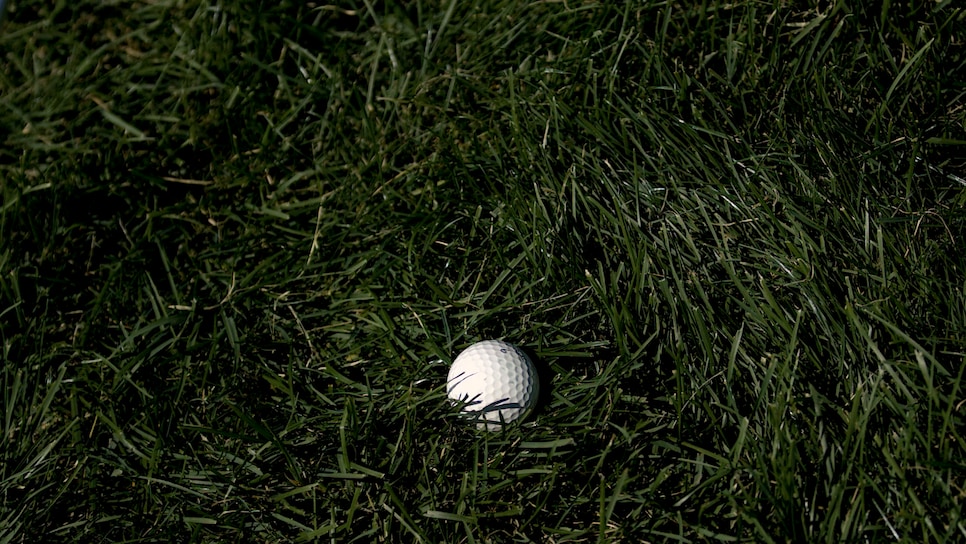Welcome to Lie Detector, a Golf Digest+ series where we use an ultra-slow-motion camera to help you properly identify and execute shots from various lies. Different lies, whether they be in the fairway, rough or bunker, require different techniques, but first, you must get better at identifying the lie that you have.
Drawing a great lie in greenside rough can be deceiving. It might seem like a very straightforward shot, but if you don’t make a few key adjustments, you could make poor contact off the top of the club—or worse, go right under the ball altogether. But before you make those adjustments, you need to know if you’ve got this “teed up” lie.
Here’s how you can identify a teed up lie in the rough and what you can expect when you hit the shot.
MORE LIE DETECTOR: Into-the-grain chip | The flyer lie | Buried in nasty rough | Mudball
Where it often happens
Around the greens, typically in longer rough. This type of lie can occur in any type of grass (Bermuda, bent, etc.).
How to identify it 
Ben Walton
Visually, a teed-up lie is easy to identify. After all, the ball is sitting up right on top of the grass. But for this example, we’re talking about those lies that are really good—sitting right at the top of very long rough.
When you suspect you have this lie, ground your club behind the ball to determine how high the ball is sitting above the ground, says Best in New Jersey teacher Nick Bova. If you have a teed-up lie, you’ll notice there is one, two, maybe three inches between the ball and ground—just like if the ball was placed on a tee.
What it will do to the club and ball
This is the crucial part. Since the ball is sitting so well, the club has a tendency to slide right under the ball, oftentimes too much. That’s why, as you see in this slow-mo video, the ball tends to hit high on the clubface. As a result, the ball tends to come out higher from this lie, and it typically has less spin.
For more on how to hit a chip shot when the ball is sitting high in the rough, check out Bova’s 2-minute clinic, below.
Your browser does not support the video tag.
Golf Digest Logo
Ball sitting high in the rough? 4 adjustments to make Golf Digest Best in State teacher Nick Bova has advice. Read Story
This article was originally published on golfdigest.com
